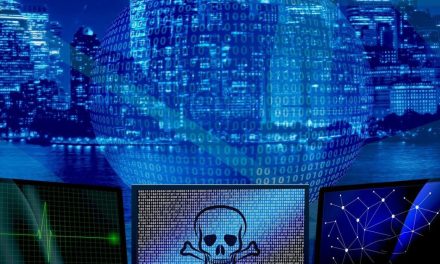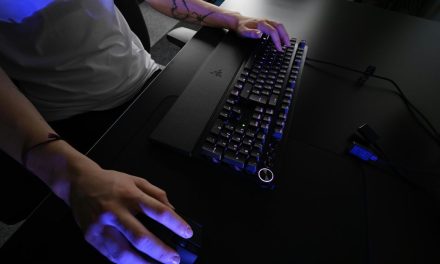The primary cybersecurity challenge in the age of the Internet of Everything (IoE) is securing a hyper-connected world where the attack surface is not just every device, but every process, person, and piece of data, requiring a shift to an all-encompassing, automated, and predictive security model.
As of September 5, 2025, the concept of the Internet of Things (IoT) is already a reality. But the next evolution is the Internet of Everything (IoE), and it represents a paradigm shift. For us here in Rawalpindi and across the globe, this is the future that is rapidly taking shape, and securing it is one of the most complex challenges of our time.
1. From IoT to IoE: What’s the Difference?
The Internet of Things (IoT) is about connecting physical devices to the internet—smart watches, smart thermostats, industrial sensors.
The Internet of Everything (IoE) is a much broader concept. It encompasses not just “things,” but also connects people, processes, and data into one cohesive, intelligent network.
- People: Connected through wearables, smartphones, and even future brain-computer interfaces.
- Processes: Ensuring the right information is delivered to the right person or machine at exactly the right time.
- Data: Analyzing raw data to make intelligent decisions that are then fed back into the system.
In an IoE world, your smartwatch (the “thing”) not only tracks your heart rate (the “data”) but also communicates with the local traffic management system (the “process”) to signal that a pedestrian is crossing, all while being connected to you (the “person”).
2. The Unprecedented Security Challenges of IoE
The IoE creates a world of seamless convenience, but its hyper-connected nature also creates an attack surface of unimaginable scale and complexity.
- An Infinite Attack Surface: If every “thing” is connected, then every “thing” is a potential entry point for a hacker. The attack surface is no longer just your phone or your laptop; it’s your car, your refrigerator, the traffic lights, the power grid, and the medical devices you rely on.
- Cascading, Systemic Failures: The deep interconnection between people, processes, and data means that a single vulnerability can have catastrophic, cascading consequences. A hacked autonomous vehicle could cause a multi-car pile-up. A compromised smart grid sensor could lead to a city-wide blackout. The risk moves from simple data loss to direct threats to public safety and physical infrastructure.
- Profound Privacy Risks: The IoE is the ultimate data collection machine. It will have a continuous, real-time record of not just what we do, but our health vitals, our location, and our interactions with the world around us. Protecting this incredibly intimate data from being stolen or misused is a monumental challenge.
3. The Defensive Strategy: Securing a Hyper-Connected World
Securing the IoE requires a security model that is as intelligent, automated, and interconnected as the environment it is designed to protect.
- Zero Trust as the Only Viable Model: In a world with no clear perimeter, a Zero Trust architecture is the absolute foundation. Every single connection—from a tiny sensor to a massive server—must be continuously authenticated and authorized. No device or user can be trusted by default.
- AI-Powered, Autonomous Security: The sheer scale of the IoE makes manual security monitoring impossible. The defense of the IoE will be run by Artificial Intelligence. AI-driven systems will be responsible for:
- Proactive Threat Hunting: Continuously monitoring the entire ecosystem for anomalous behaviors.
- Automated Incident Response: Instantly isolating a compromised segment of the network or quarantining a fleet of hacked devices in milliseconds, without human intervention.
- Security and Privacy by Design: Security cannot be an afterthought. It must be built into the very design of every device, every application, and every process from the very beginning. This includes mandating strong encryption and secure development practices for all IoE components.





